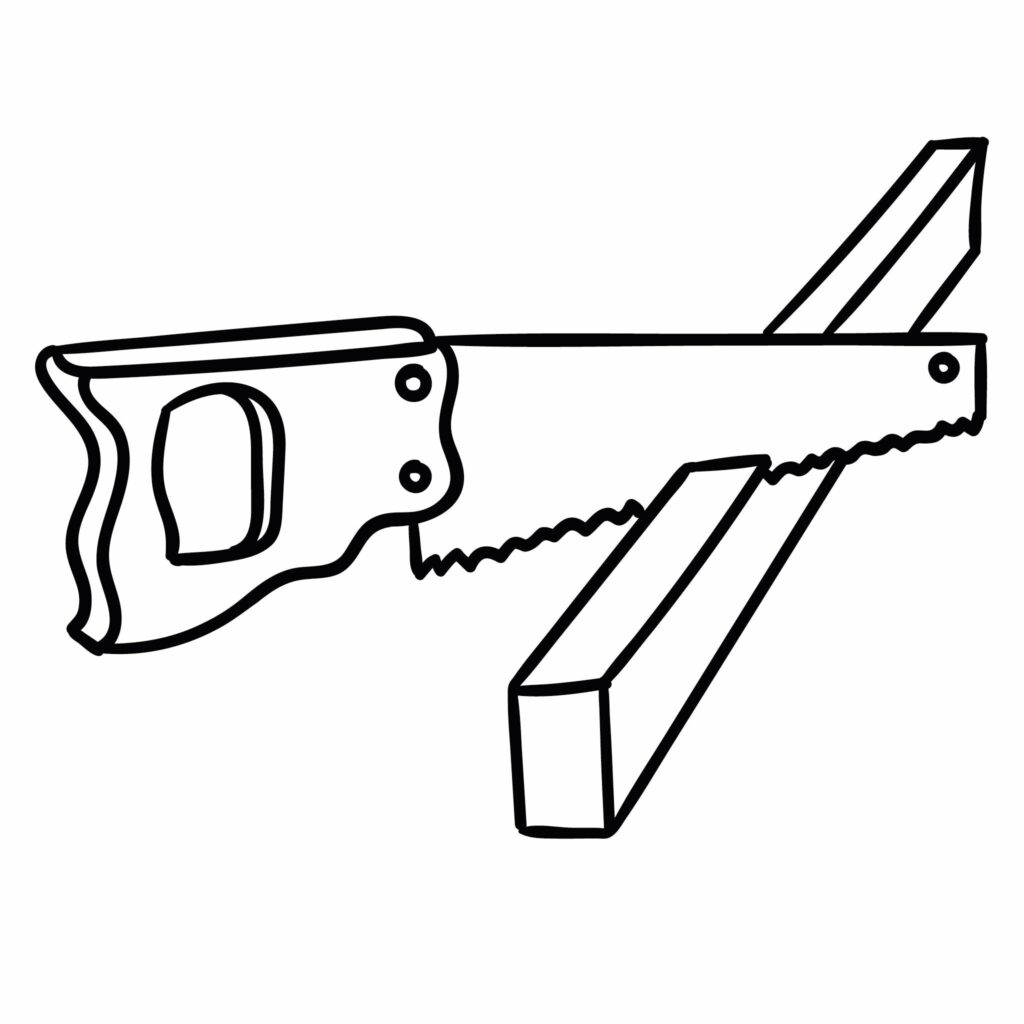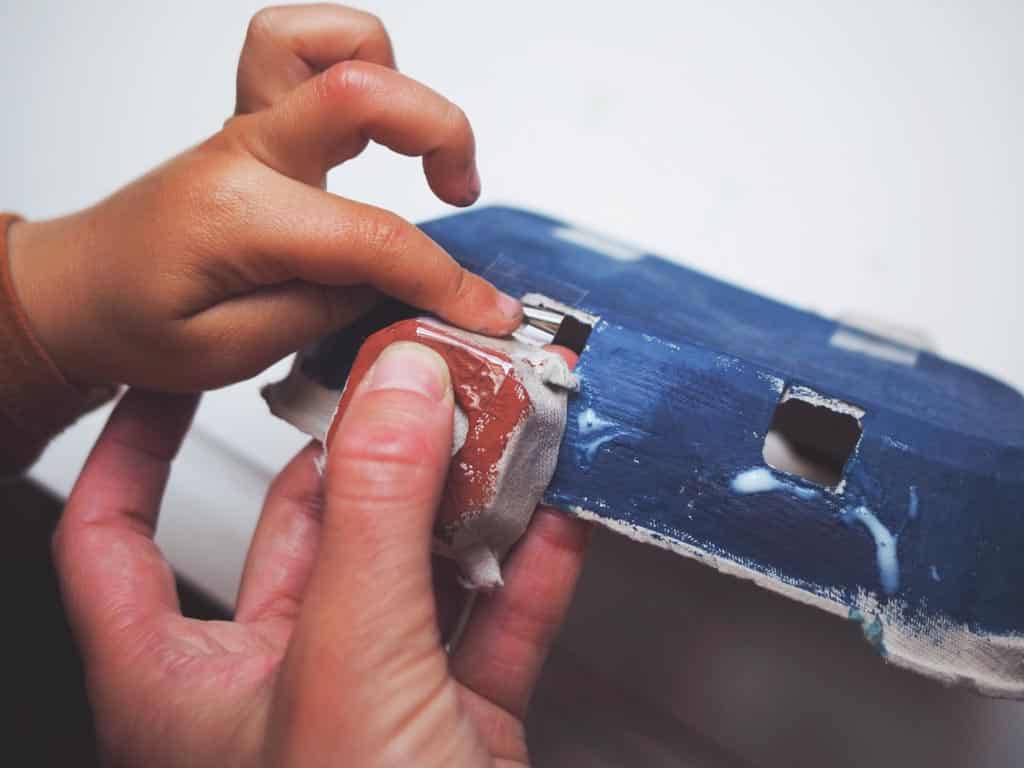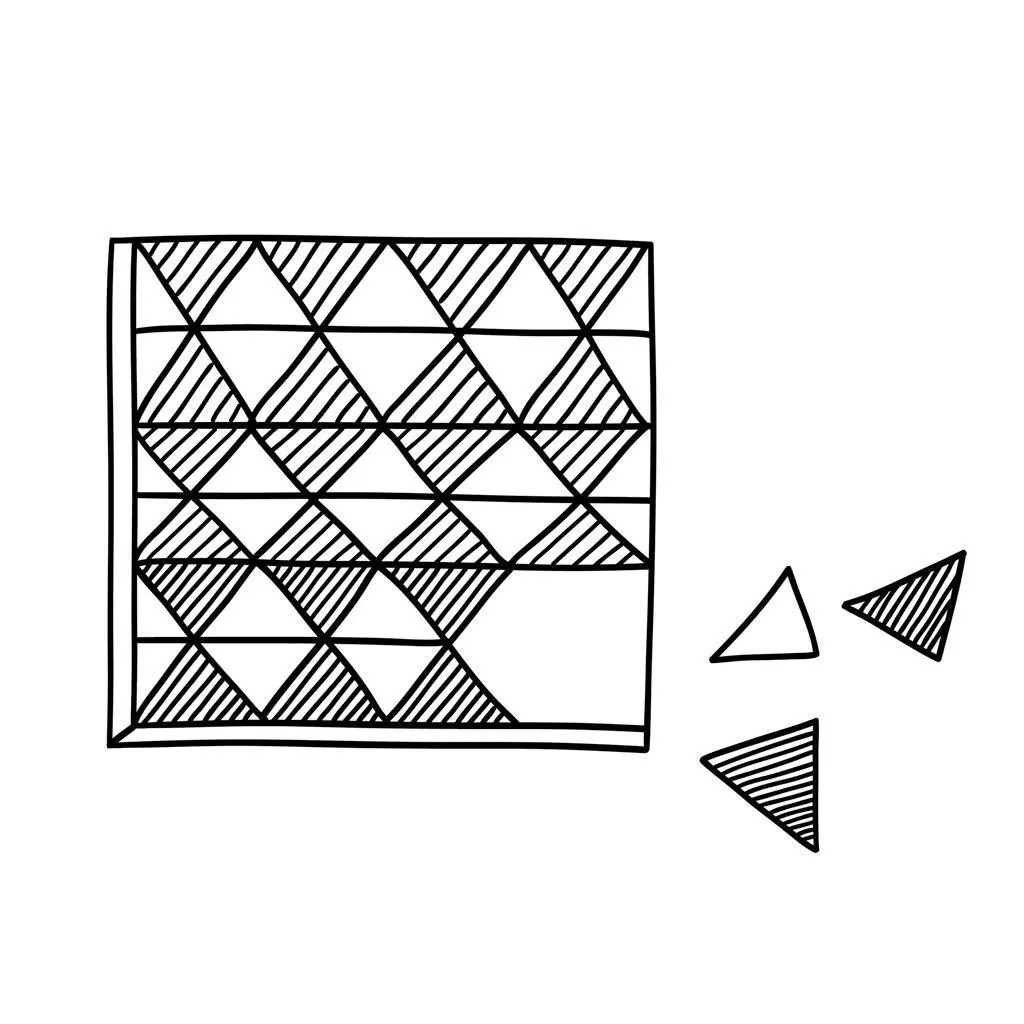Nothing gives children a greater thrill and sense of achievement than completing a grown-up task. And with its slightly dangerous edge, what could be more grown up than carpentry?
It might seem counter-intuitive to give a child a blade, but as with needlework, experience (backed up plenty of research) tells us that it is far safer to empower a child and give them the confidence they need around ‘dangerous’ tools, than it is to cocoon them from them entirely.
Trusting them and giving them responsibility to behave sensibly, also gives them immense sense of pride and self-esteem. And as they master tools and techniques, and begin to produce real pieces of work, they gain enormous pride in accomplishing such mature tasks.
Woodwork is also a great exercise in concentration and deep-solving problem, as children stay motivated in order to complete their creation. And it is excellent for honing fine-motor skills, as precise grips are required. If your child is showing particular enthusiasm for a play schema, such as positioning (gluing or nailing pieces together) or rotation (using a screwdriver) setting a woodwork task will support their explorations.
Balsa wood is the perfect entry level wood because it’s so soft and pliable. Start practising with a simple hammer and nails (a short-handled one is best). Once basic skills are acquired, you can move on to other soft woods such as pine, cedar and larch. Try using unprocessed woods – sticks and branches from the garden. A tree stump makes a great surface for hammering nails into. Then join two pieces of wood. Progress to connecting with screws instead. Use a short, cross-head screwdriver. Then you can move on to using a drill, holding the wood in place on a table or workbench with a clamp or vice.





